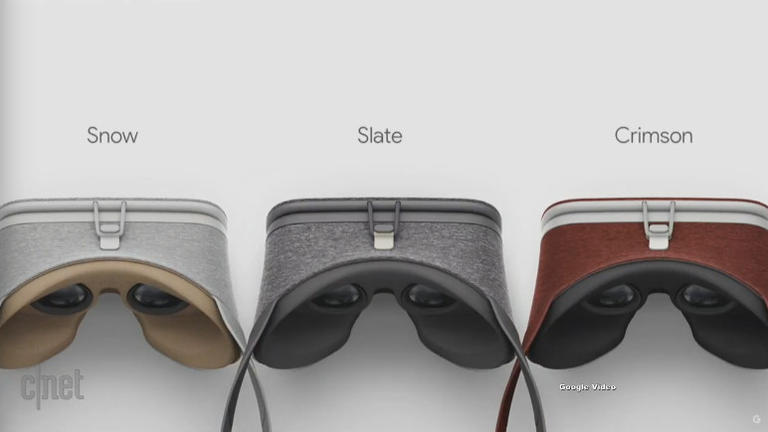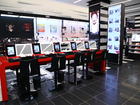LG and Google have finally unveiled their new display for augmented reality (AR) and virtual reality (VR) headsets, hailing it as the highest-resolution OLED on-glass display in the world.
The two companies released a study on their work, reminding users that this is still a long way away from reaching customers. But the science behind the display is a step forward for VR systems inching closer to replicating something akin to human sight.
Their 4.3-inch OLED 18MP display has a pixel density of 1,443PPI, a 120Hz refresh rate, and an astounding resolution of 4,800 x 3,840. The study claims humans have a resolution of about 9,600 x 9,000 pixels per eye so while their resolution is only half that, they are ever closer to offering VR experiences that mimic real vision.
SEE: Interview questions: Virtual reality designer (Tech Pro Research)
"Enabling these amazing immersive experiences requires great displays that come as close as possible to matching the capabilities of the human visual system," researchers from LG and Google said in the study. "These displays require lots of pixels, high pixel density, fast response time, high refresh rate, short illumination duty cycle, and of course reasonable brightness, contrast, and color gamut."
With AR and VR experiences closer to human sight, business users could more easily create immersive content for training scenarios, marketing purposes, or virtual meetings.
The higher-end VR headsets currently on the market offer about 600 pixels per inch or 1440 x 1600 pixels per eye. Google's Carlin Vieri, a researcher on the study, told 9to5Google that there was no timetable on when products reproducing their work would be on the market, saying they conducted the study to push the industry ahead.
Due to power and processing constraints, reproducing high-definition images like this would be difficult to do. But the researchers proposed one solution amongst a host of others: Foveated rendering. The technique allows the device to track eye movement for the most photon receptor-dense section, giving it the ability to render certain parts of the image at high resolution and move low resolution images into the background, the study said.
"Multiple rendering passes are made for each frame generated by the application," the researchers wrote. "For the same head pose and same scene, two (or more) renders are generated: a low acuity render that uses a relatively low pixel count to represent a wide FoV, and a high acuity render that uses a relatively high pixel count to represent a narrow field of view."
With SID Display Week inching closer, Google and LG are not the only ones working on upping the VR ante. Chinese company INT and Japan's JID Group are both prepping their own high-resolution VR display demonstrations for the event, touting similarly high pixel rates.
The big takeaways for tech leaders:
- Google and LG have created the world's highest-resolution VR display, with images close to half as good as the human eye.
- The displays are nowhere near ready for any commercial market but are a step forward for the industry's effort to create VR experiences akin to real life.
Also see
- Executive's guide to the business value of VR and AR (free ebook) (TechRepublic)
- Virtual, augmented reality developers gravitate to HTC Vive, Oculus Rift (ZDNet)
- Virtual reality for business: The smart person's guide (TechRepublic)
- VR is spectacular but lonely: Here's how it needs to change to succeed (ZDNet)
- Apple planning AR, VR hybrid headset that could signal industry's critical mass (TechRepublic)

Disclosure
Jonathan Greig has nothing to disclose. He doesn't hold investments in the technology companies he covers.
Full Bio
Jonathan Greig is a freelance journalist based in New York City. He recently returned to the United States after reporting from South Africa, Jordan, and Cambodia since 2013.





